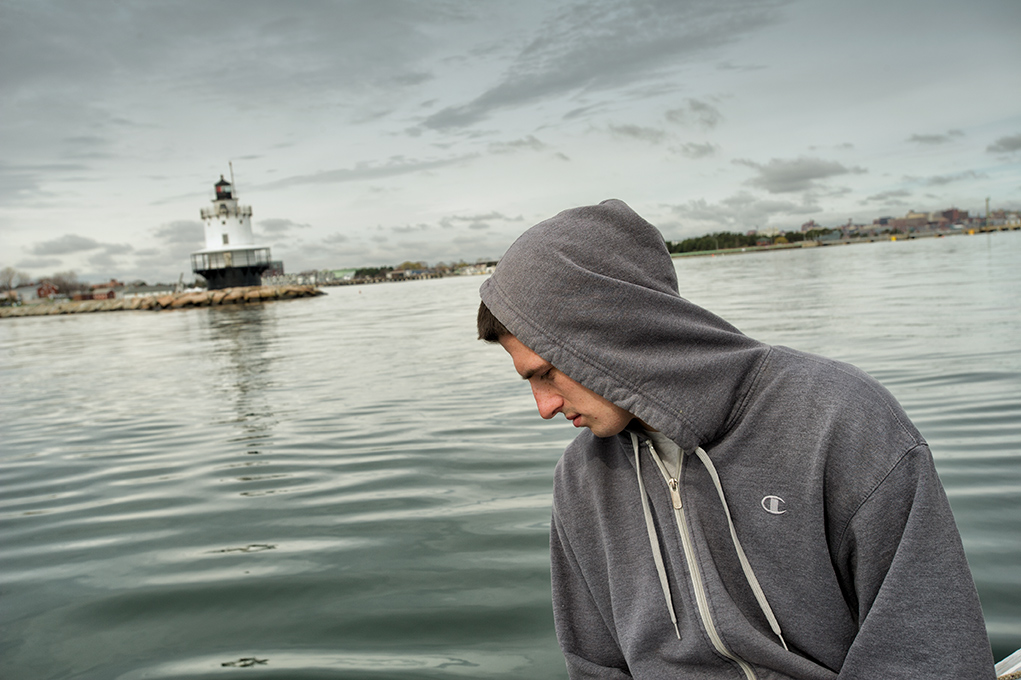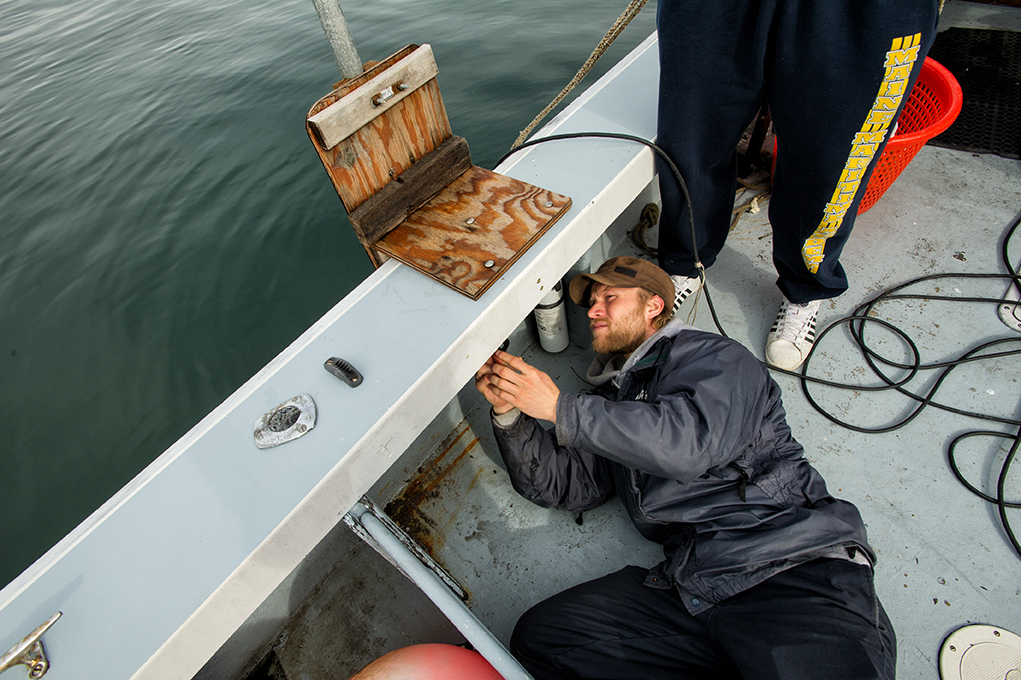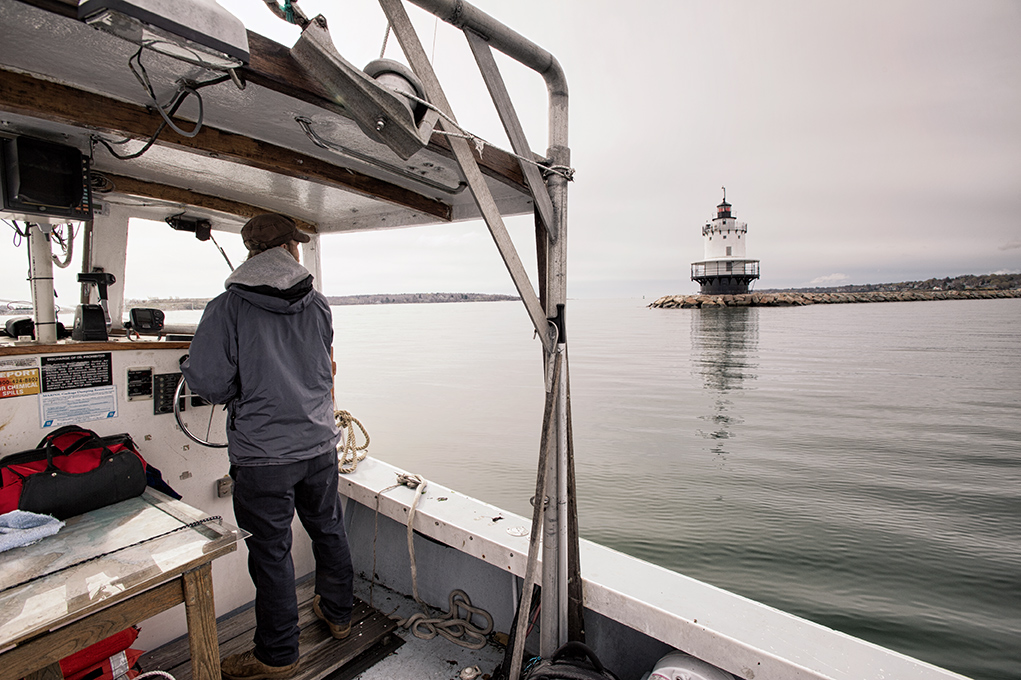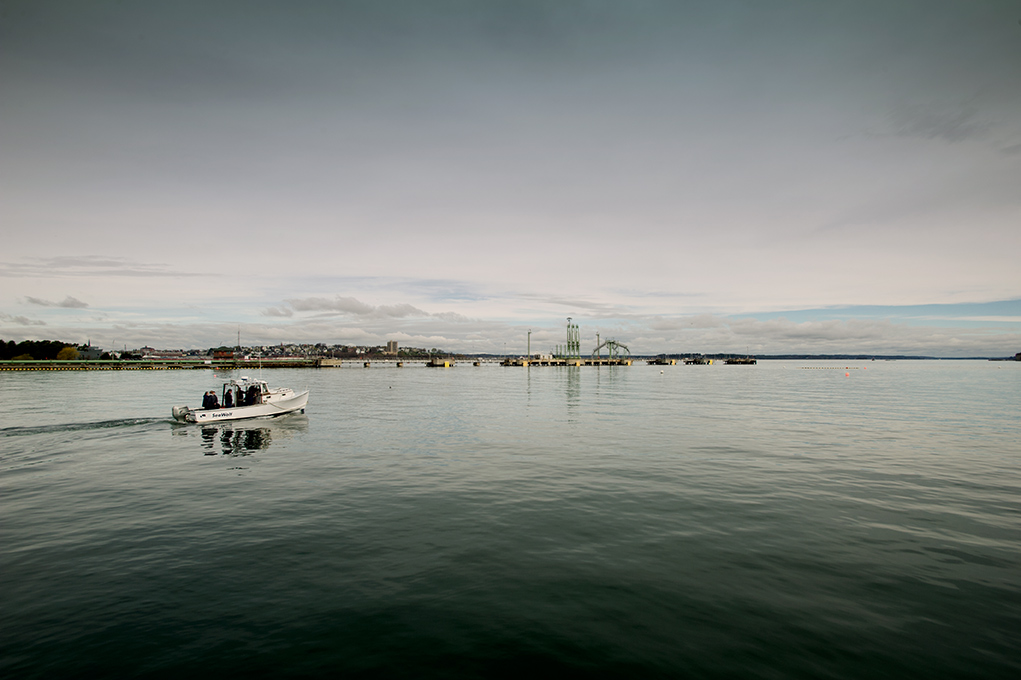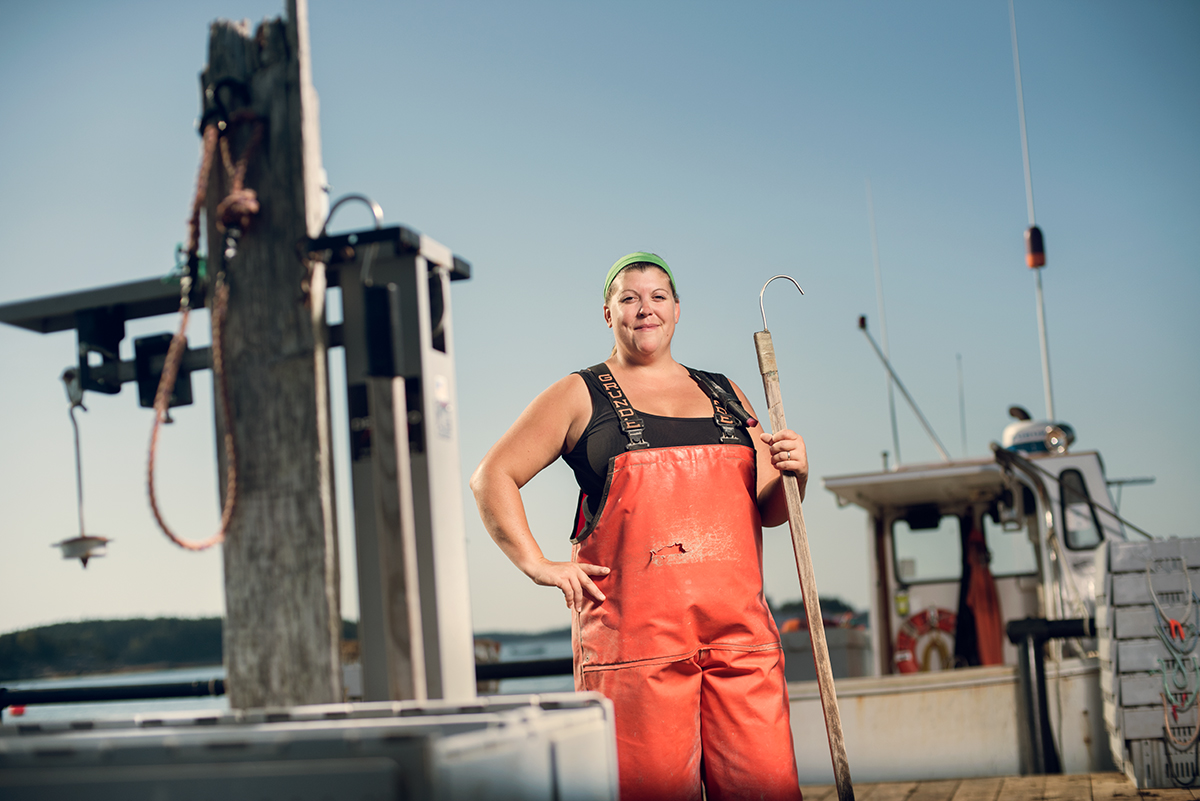

© Brian Fitzgerald
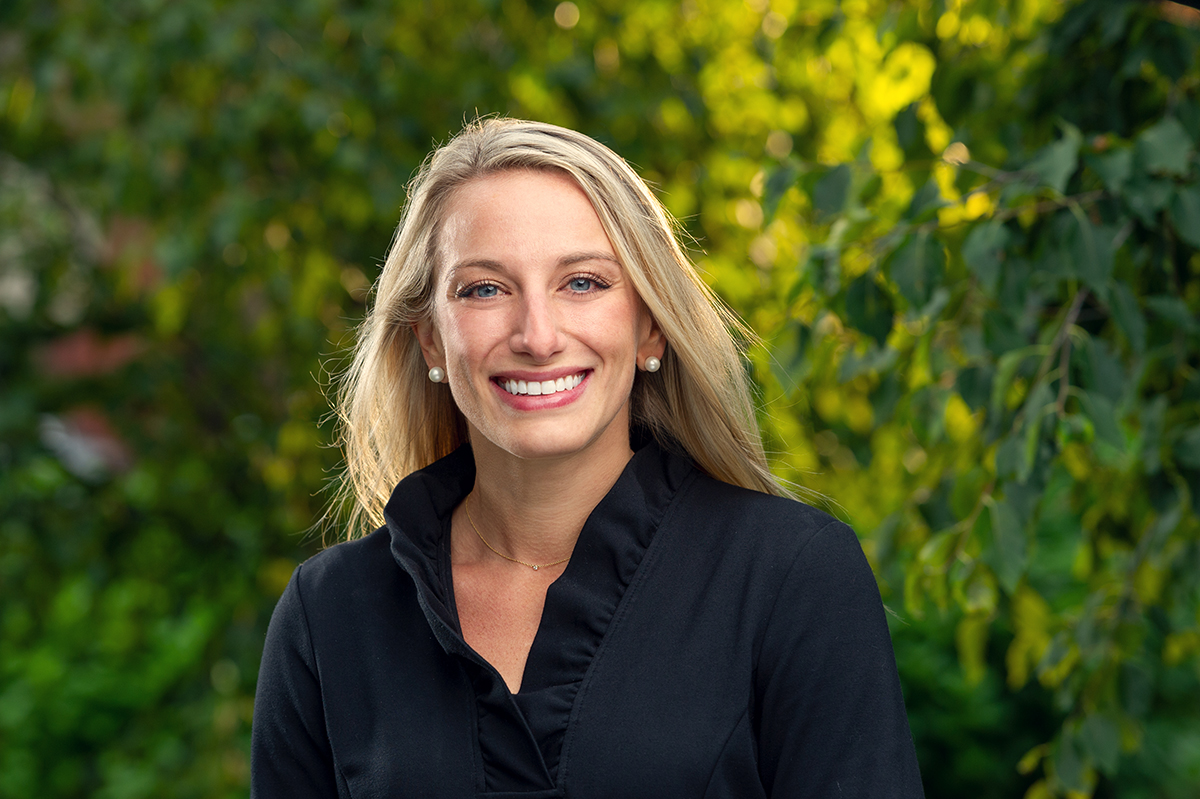




I’m fortunate that I get to meet a lot of very interesting and very cool people in the course of my daily work as a commercial photographer in Maine. Every person has their own unique story and are fascinating in their own special way.
Some just happen to work in environments that take ‘interesting’ to another level. The Portland Boxing Club, a 1900s-era former wood-drying kiln set tucked behind Morrell’s Corner in Portland, is one such place. It’s there, enclosed by thick brick walls and floors of concrete, sweltering in the summer and freezing in winter, that Head Coach and owner Bob Russo has honed fighters of all ages and sexes for almost 30 years. On concrete and on the canvas, they strengthen their bodies and toughen their minds.
I’m excited to release this short video profile of Coach Russo. This was originally done as part of a larger piece on the gym for Inspire Maine several years ago but edited recently. Enjoy!
Dove Tail Bats by Fitzgerald Photo
During the past two months I’ve been busy with ongoing projects, especially with video production of work I started before the stay-at-home orders shut things down.
I love the impact of the still image and it’s my primary way of telling stories visually. Often, a crafted campaign built on remarkable still imagery is the most effective and impactful way to tell a story. Other times, a single still image alone isn’t sufficient and that’s when I turn, increasingly, to video storytelling.
I’m excited to release a new video showing Dove Tail Bats founder Paul Lancisi in his manufacturing facility in Shirley Mills, ME. This was part of a photo assignment for Down East Magazine. While I love the portraits I produced for the magazine, I decided to incorporate video as well because it better conveyed the processes that make Dove Tail Bats so special.
I love how Lancisi pivoted from a woodworking business to one that embraces his lifelong passion for baseball. What he and his wife Theresa have created is amazing: a Maine company that crafts beautiful, one-of-a-kind baseball bats sought after by major league hitters and top college athletes. The bats might look great hung on a wall above the fireplace, but—just like Dove Tail Bats—are destined for greater things.
It’s inspiring to be able to show Maine companies doing such remarkable work and and achieving great success far outside of our state.
–30–
Ready to level up your storytelling content with photography, videography and multimedia? Contact Fitzgerald Photo to see if we’re a good fit for your brand or project.
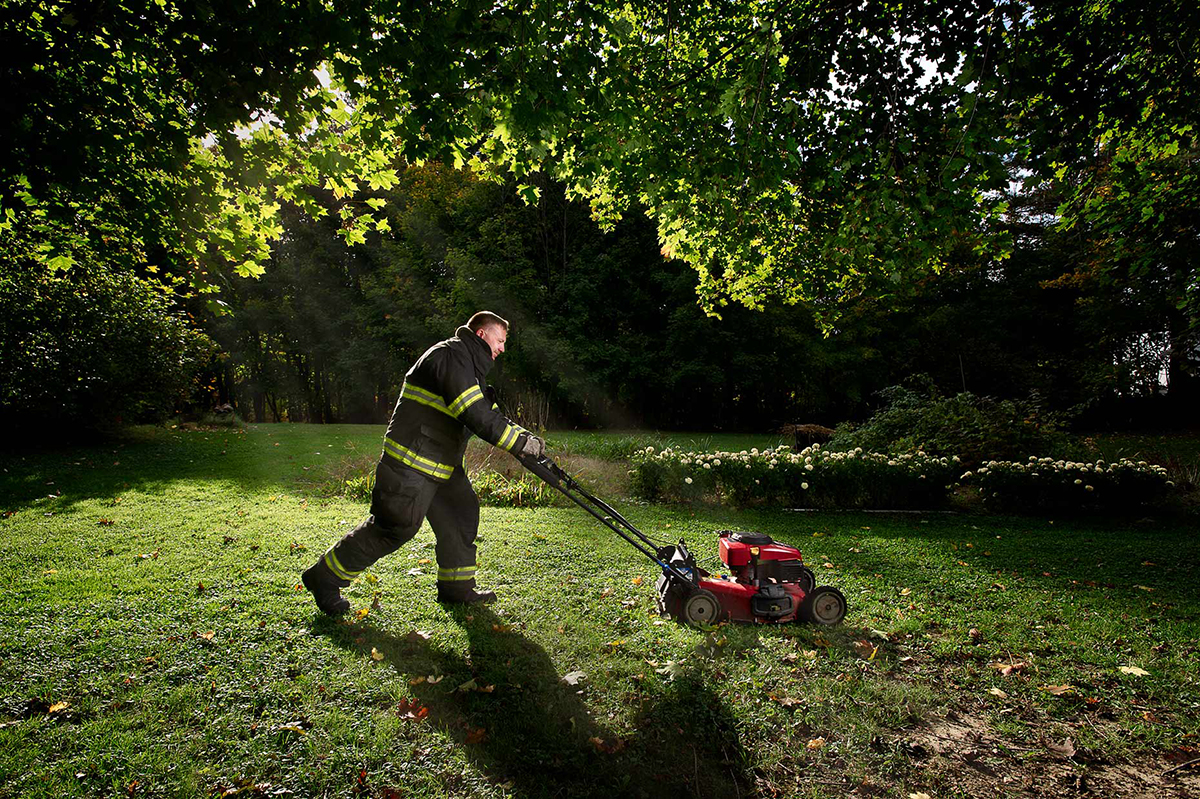
I grew up Catholic, which might explain why I have a deep-seated belief that anything good in my life must be accompanied by a healthy amount of suffering.
That’s not the healthiest story to tell oneself, but I’ve come to replace it with another, more powerful story: if you want good value or results—a great shoot, great assignments, great clients—then you have to first give great value.
What does ‘value’ mean? It means that you should do your best to be remarkable in your work, your attitude, your professionalism. It means that you ask first how you can help before you ask for help. It means that you give more value than your client expects. It means that when you are on a shoot, you go that extra mile: look for an extra angle, take a creative risk and push yourself to take something different once you’ve satisfied your client’s needs. Sometimes you’ll end up with something that surprises you and delights your client.
If you consistently do this and have the attitude of giving more than you are getting, you’ll find—like I have—that you get an amazing amount of value in return.
It starts with you.
With the latest boom in commercial and residential construction, have you ever wondered what happens to all of the tons of used (or unused), broken or left-over materials used in the building industry? Some of it ends up in landfills, but much of it—wiring, piping, metals, wood—can be recycled, resold and reused.
I recently finished a project for ReEnergy Holdings, photographing their recycling operations throughout Maine, New Hampshire and Massachusetts. These facilities process tons of construction material and repurpose what they can. It’s often a dirty, dusty, mucky job but one I’m glad they are there to do.
Location work like this is challenging because it requires creating great images no matter the situational challenges that arise. At busy industrial facilities like these, the machinery can’t just stop while I set up lights and get everything just right. It’s more of a run-and-gun situation, photographing people and processes as they happen and making lemonade out of lemons (I’m into recycling, too). The primary challenge is to take advantage of the visual opportunities that are there—even when they don’t easily present themselves—and stay on the move….all while dodging moving trucks, loaders, and spinning machinery.
The shoots were done indoors and outdoors, in dry, extremly dusty conditions and on days that it was pouring rain and the mud was several inches thick. I’ve found that extreme situations such as these, though unforgiving on cameras and lenses, offer plenty of visual gold. Enjoy!
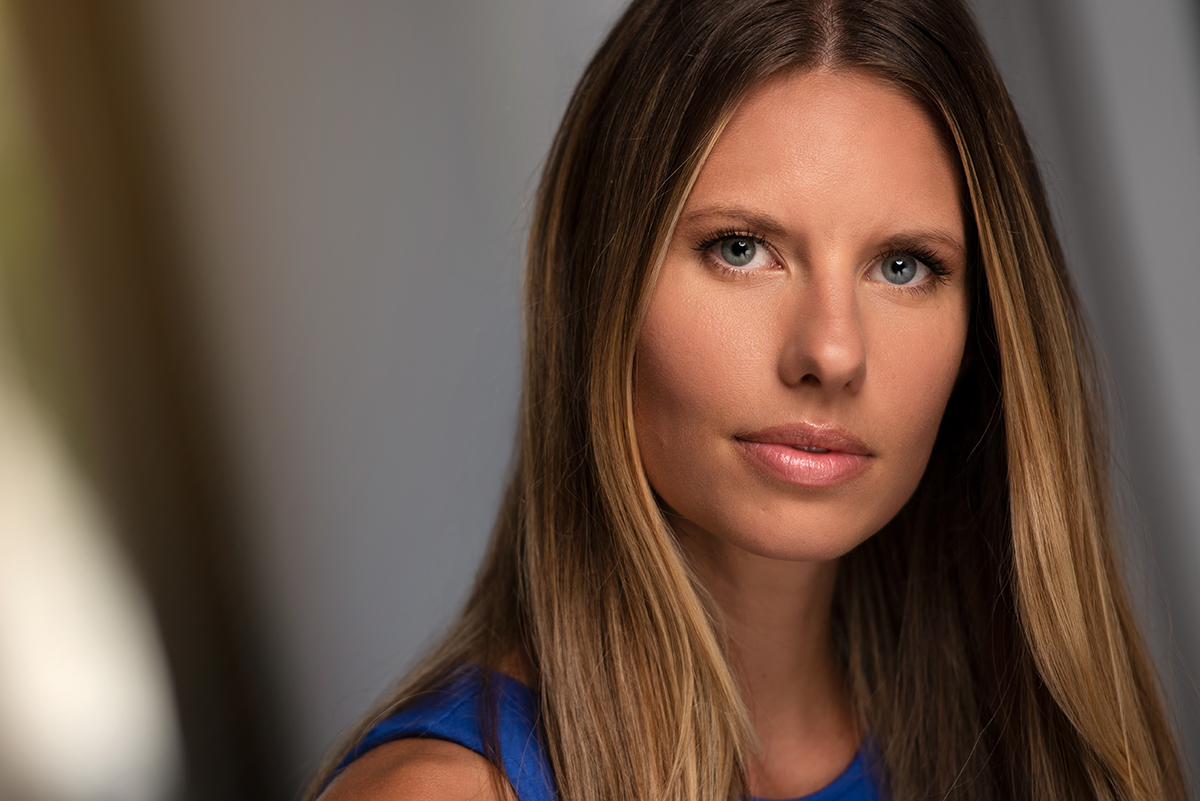
I love creating environmental portraits. That’s good, because I make an awful lot of these as a commercial photographer.
One challenge when doing such location portraits is that the benefit—the environment, which can offer very cool, very visually striking contextual cues—can also be a severe liability. Imagine showing up to a shoot to find you are limited to shooting portraits inside a tiny conference room with orange walls, or in the middle of summer using an interior of a steel shipping container (both are recent examples).
So what do you do when the environment detracts from, instead of adds to, your portraits?
I opt to shoot portraits with very shallow depth of field, in order to throw my distracting backgrounds out of focus. Then I carefully add in lights to create depth and color as needed. Given the time of day or the situation, this may require using ND (neutral density) filters or high-speed sync to achieve this look, but it’s worth the extra effort.
The results are tack-sharp portraits that pop from the soft background, minimizing the things I don’t want while giving a sort of cinematic feel that I love.


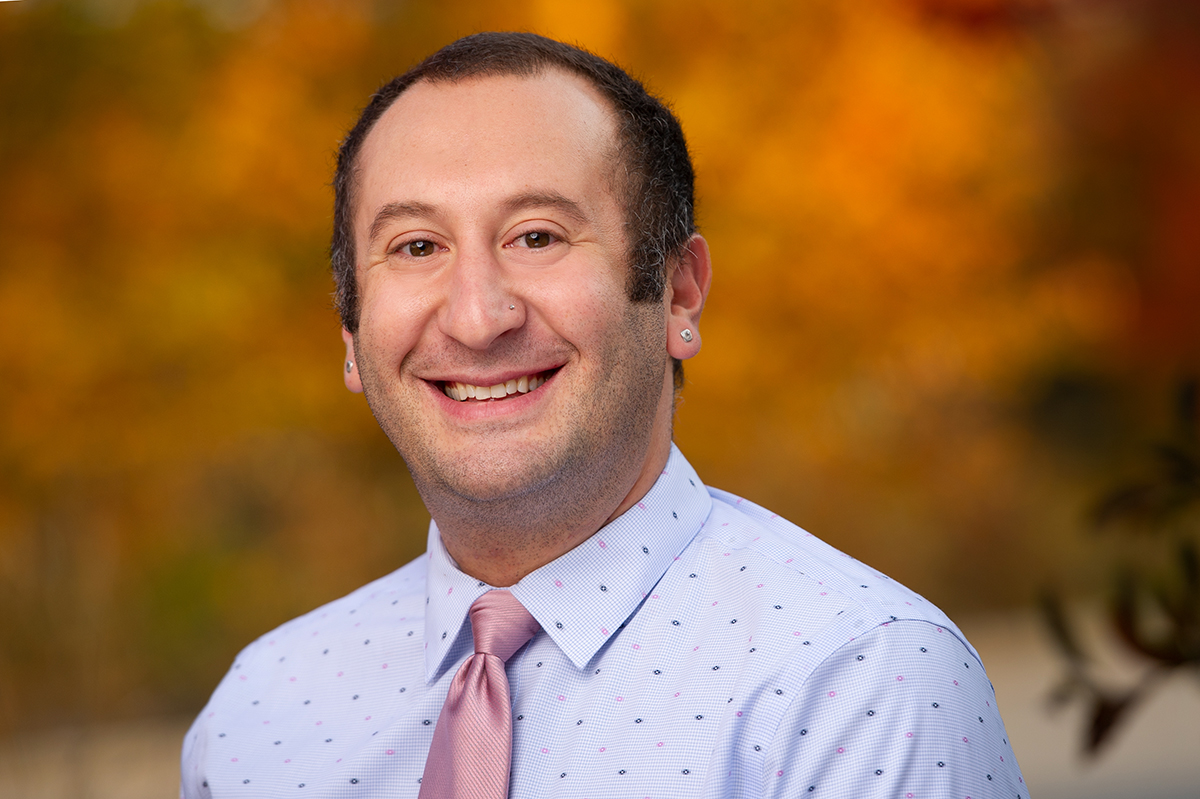
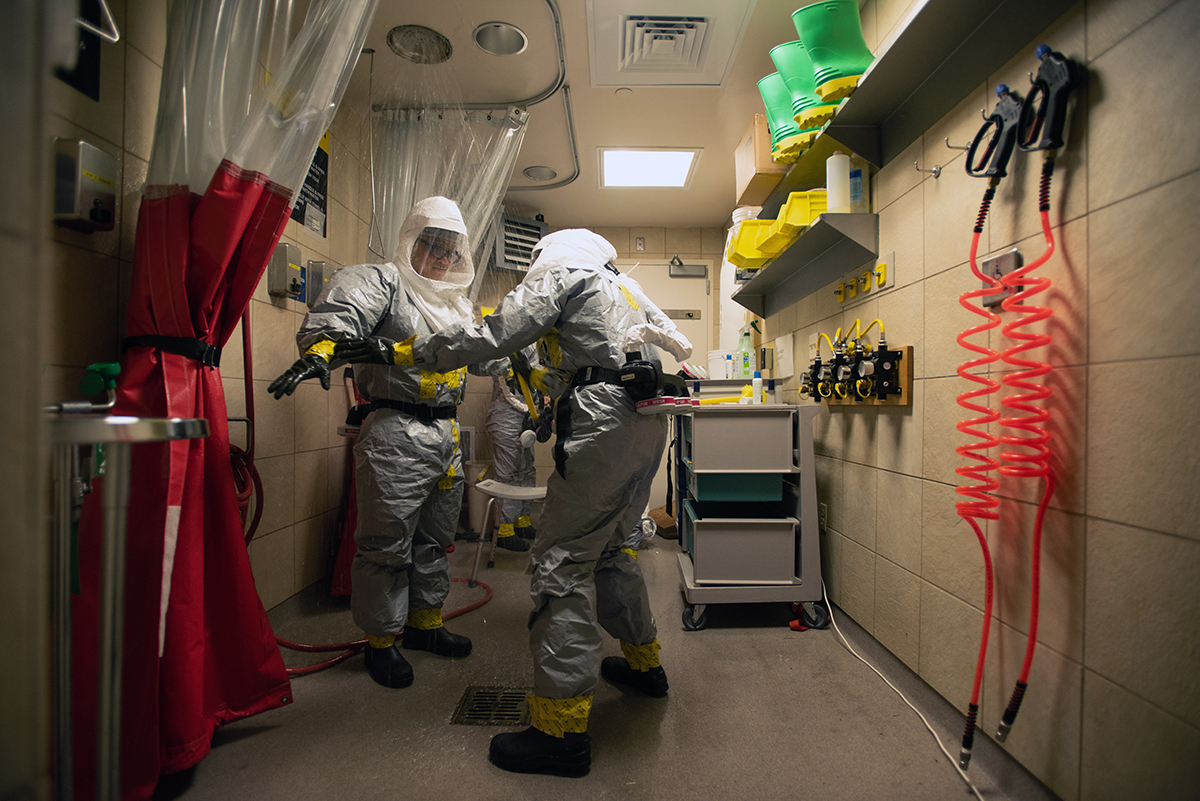
Early last fall, I completed a fun (but hectic) project for Maine Medical Center that I can now share. It was a readiness drill simulating a mass casualty incident involving biological or chemical contamination, as in a spill, industrial accident or terrorist incident. Involving dozens of medical staff, doctors, students volunteering as mock patients, observers and hospital administration, these types of drills give the hospital staff hands-on practice coordinating assets to triage, decontaminate and treat an overwhelming number of patients.
Much of my daily work is very purposeful and planned, so going into a large scenario like this one was like stepping back into my newspaper photojournalism days.
It was fast-paced and fun, at least for me (I’m not sure the college kids being scrubbed down in decontamination showers would say the same).
These images became part of the documentation used by the hospital to certify their ability to respond to significant mass casualty events.
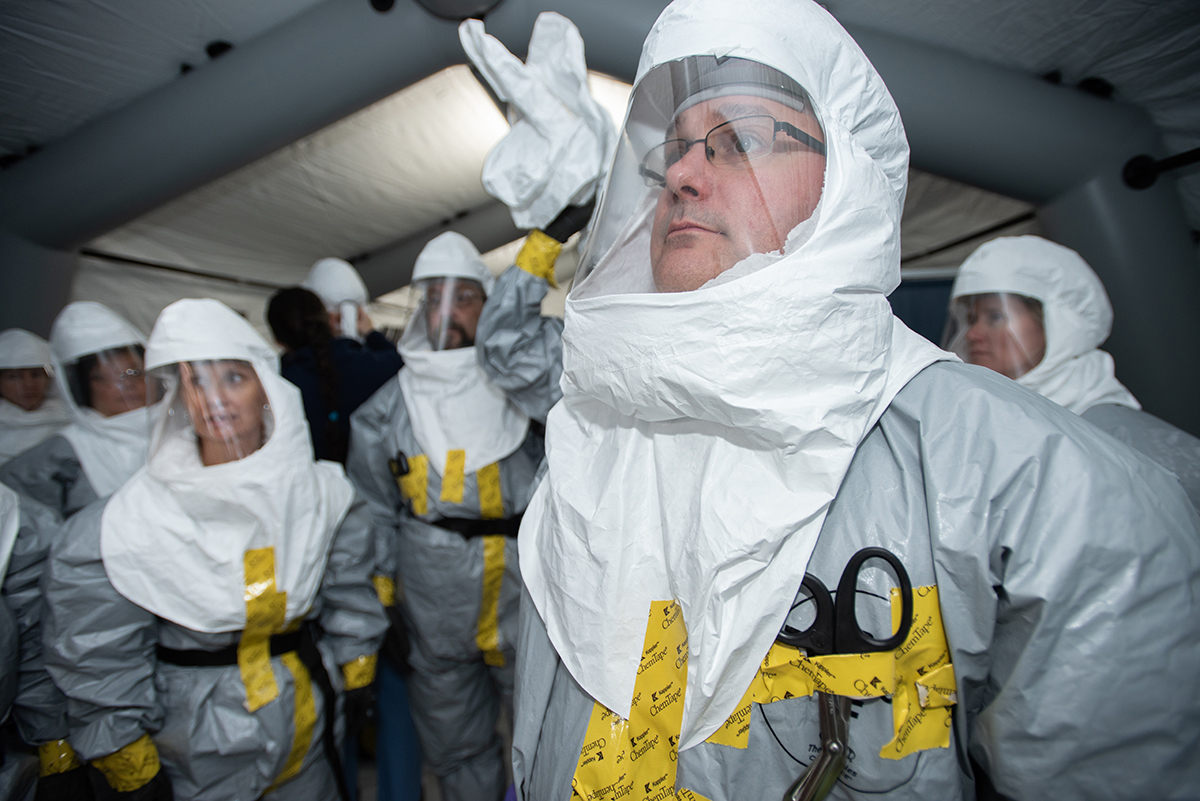
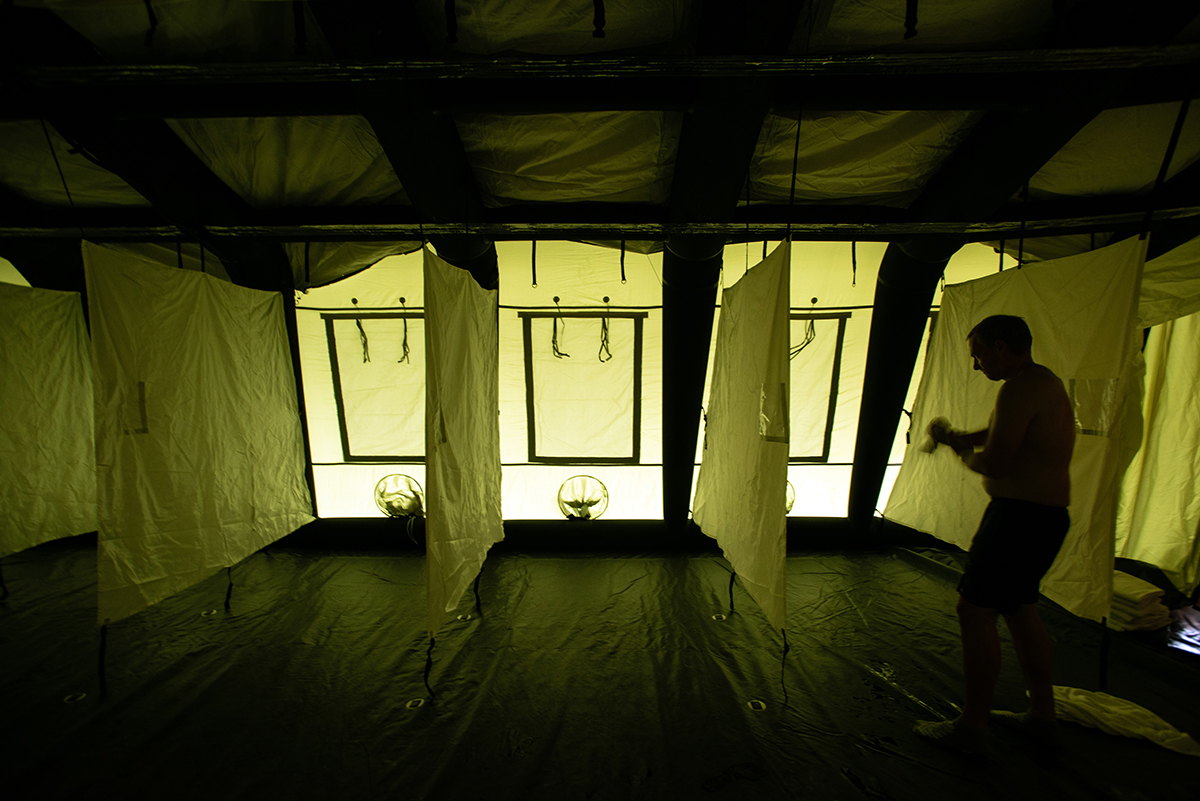
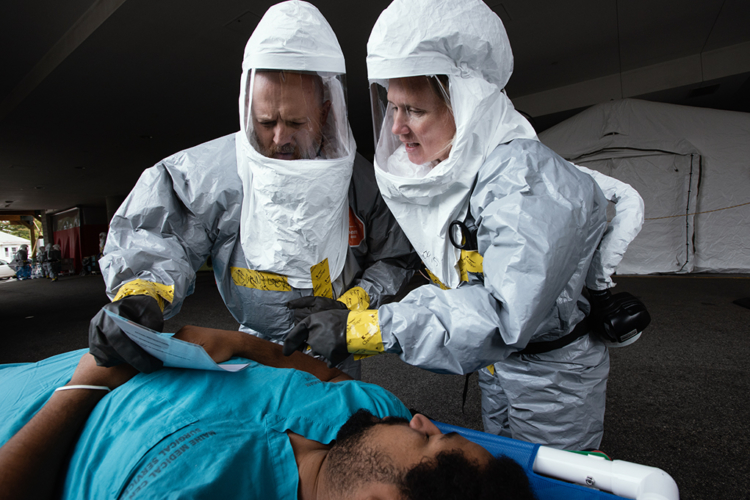
The best thing about my job as a photographer—aside from the interesting and creative people I get to work with on a daily basis—has to be the cool locations I get to photograph in.
A few months ago, I photographed a project for a large medical advocacy group that involved the Dartmouth-Hitchcock Medical Center in Lebanon, NH. I’ve photographed hospitals on both coasts but I’ve never seen a medical lab setup like they have at the Laboratory for Clinical Genomics and Advanced Technologies (CGAT)—two wings full of technicians, scientists and analysis equipment.
I finally can show some of the work from that quick—but very intense—shoot, all done while the busy lab remained in full operation:
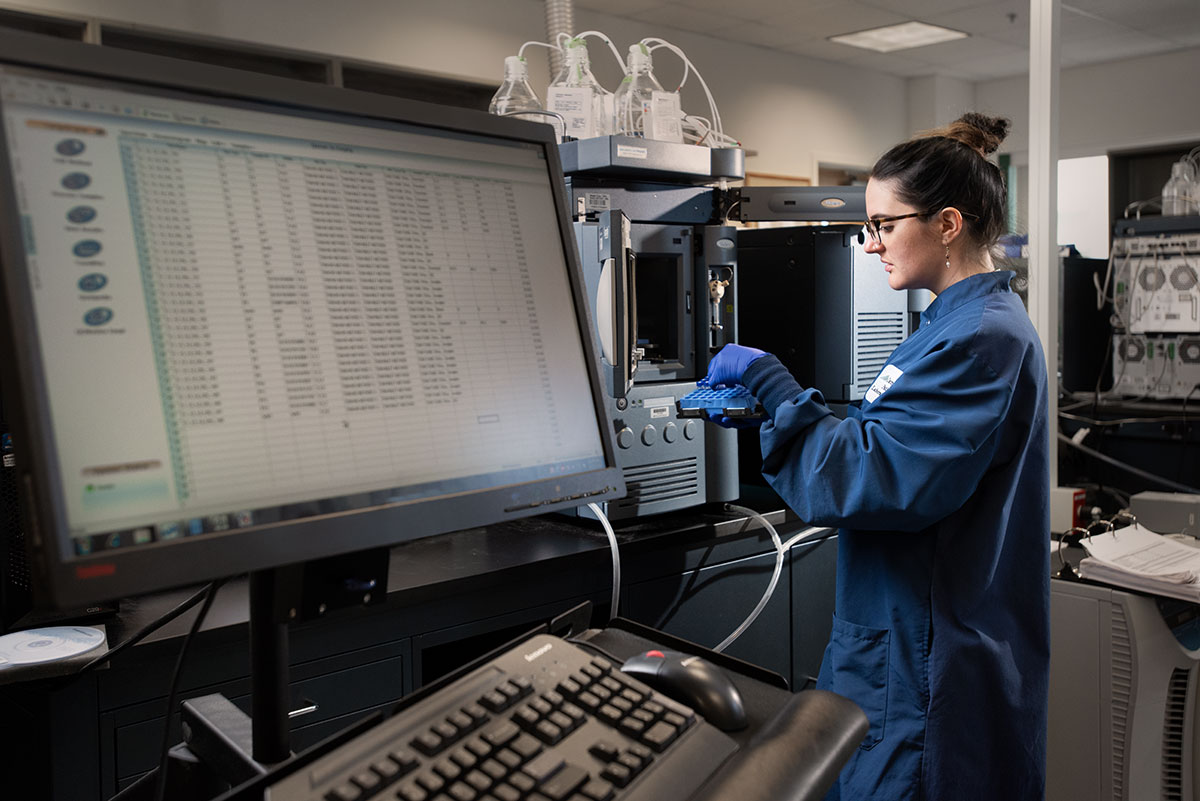
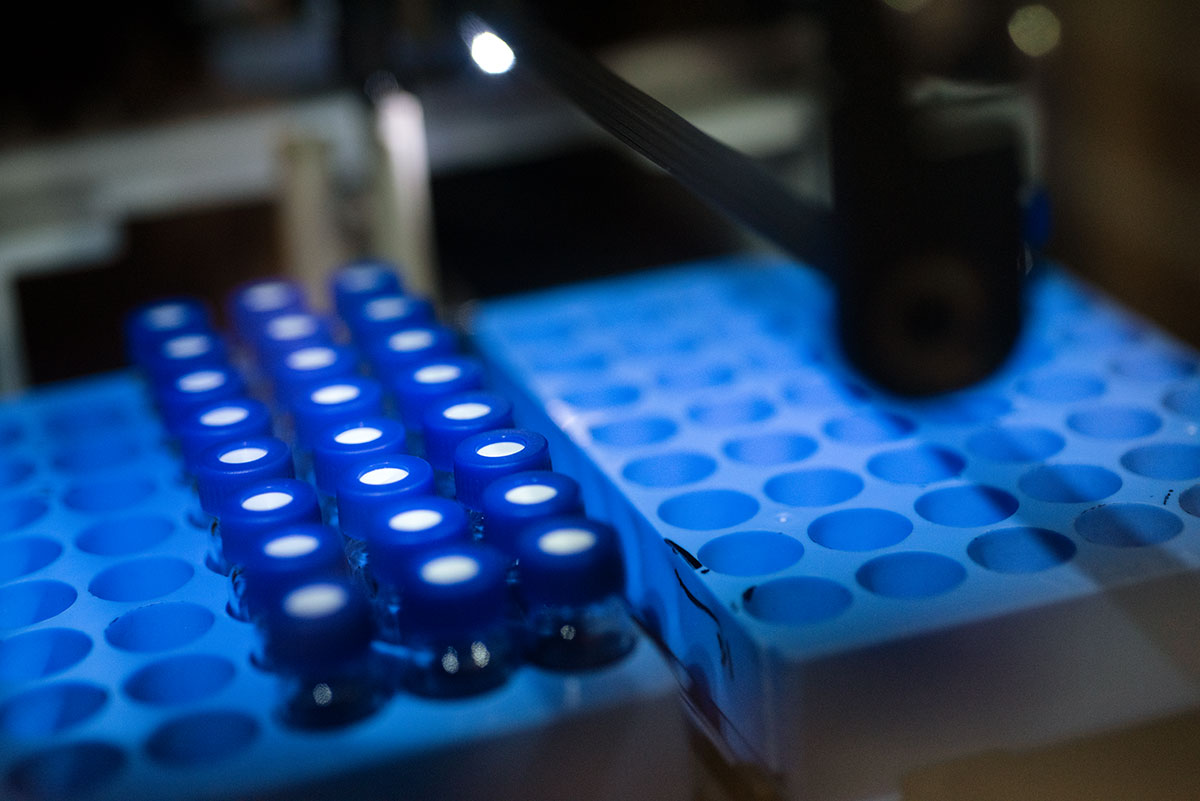
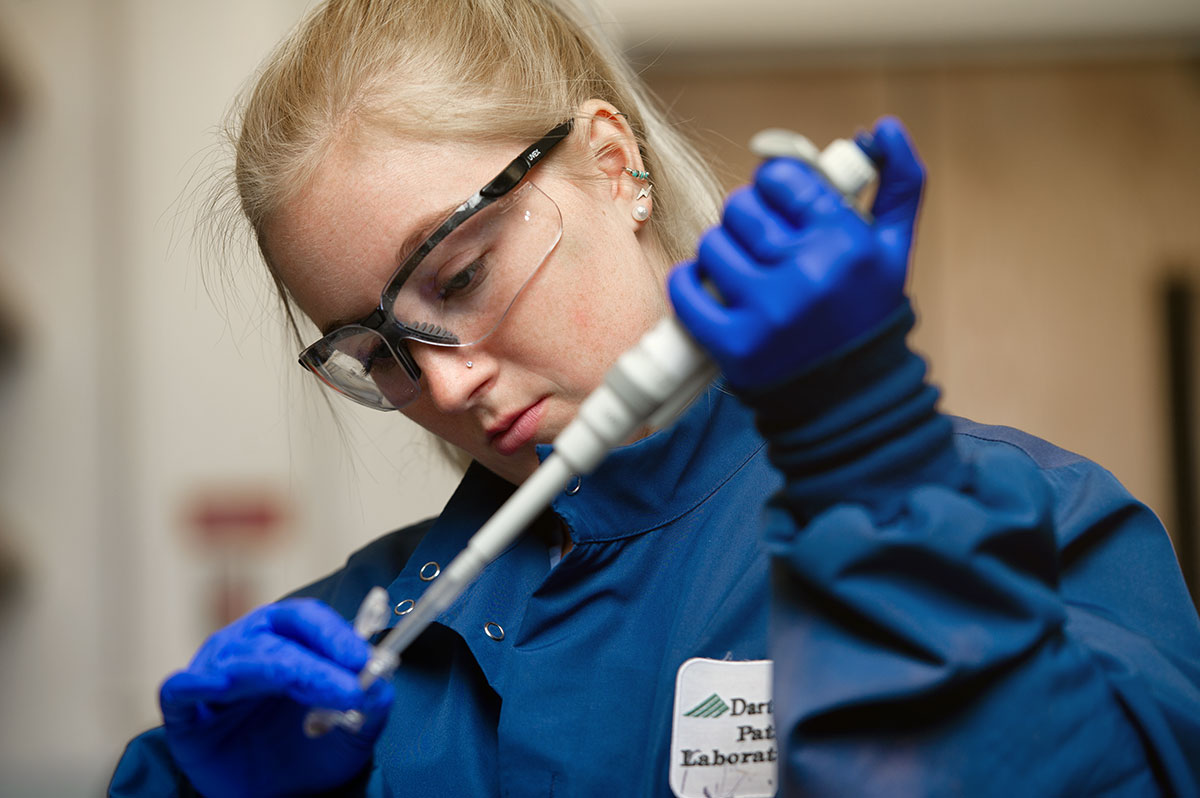
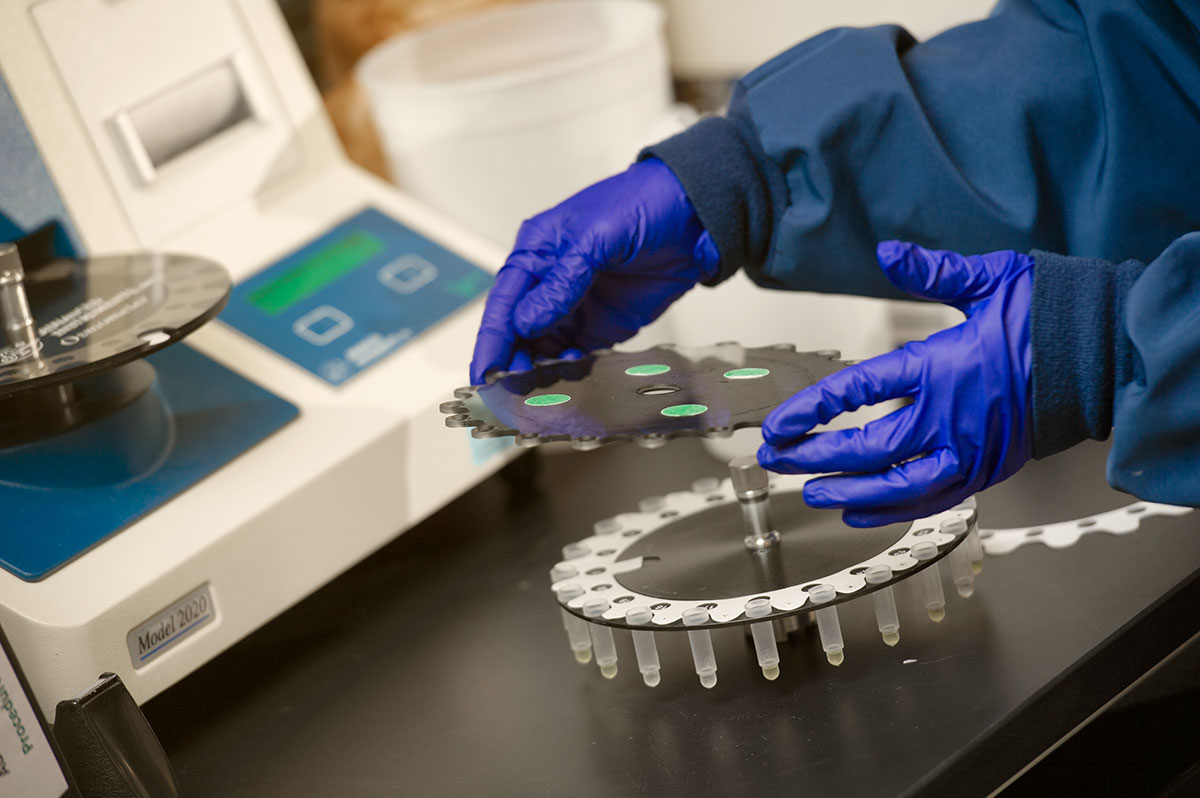
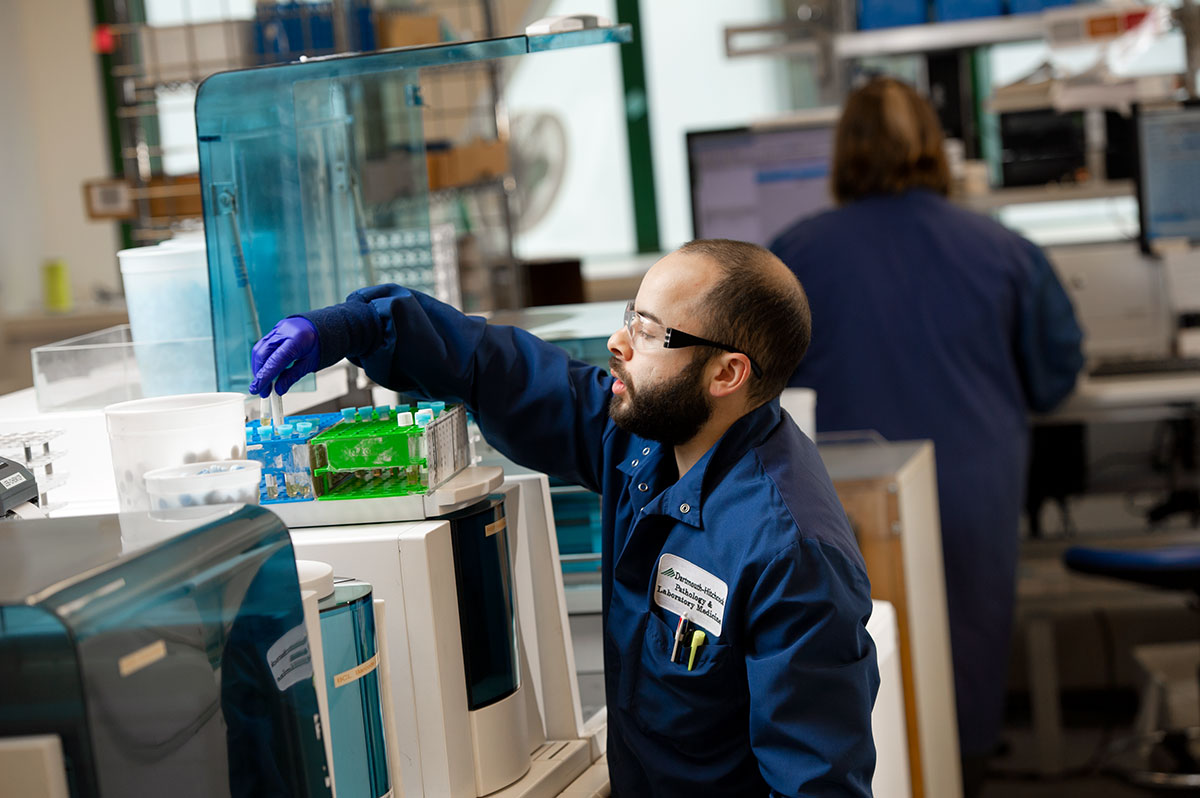

Annual reports are a comprehensive report on a company’s activities over the past year. As such, they can be dry and tedious to read. The right imagery and a talented team of graphic designers, therefore, are critical to making an annual report something special: at once a showcase and a way to powerfully communicate the company’s core mission and impact.
I’m excited to be able to share the results of a collaboration with Portland-based branding firm Visible Logic last year: annual report images for the Maine Technology Institute (MTI).
MTI offers funding (primarily loans and grants, but also investments) to innovative Maine companies for research and innovation projects. To date, they have funded more than 2,000 projects across the state and invested close to $230 million.
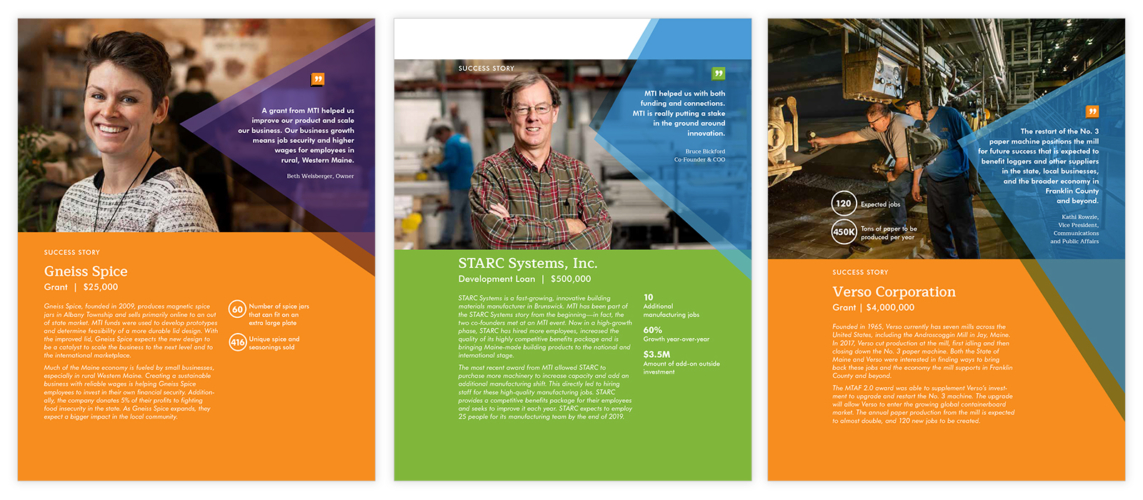
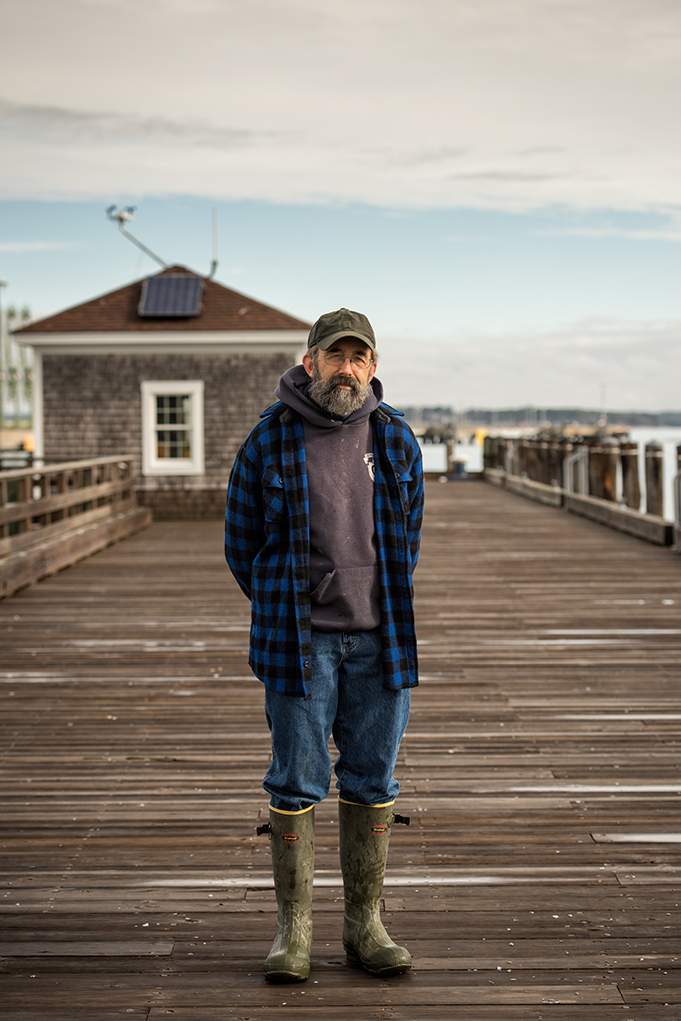
Most of the work I do involves telling the story of people at work, usually in changing and varied environments. I can think of few environments nicer than being out on Casco Bay on a hazy, sunny spring morning.
Recently I spent a morning on a boat operated by the Southern Maine Community College Marine Science program. Instructor Brian Tarbox led a group of students as they performed a routine survey of Casco Bay, sampling water temperatures and collecting other data.
Many people might be surprised to know what a great, and affordable, educational resource SMCC is. Situated on a beautiful stretch of waterfront in South Portland (formerly the site of Fort Preble) it offers coastal views that any college–community college or university–would envy.
Here are some more images of SMCC.
